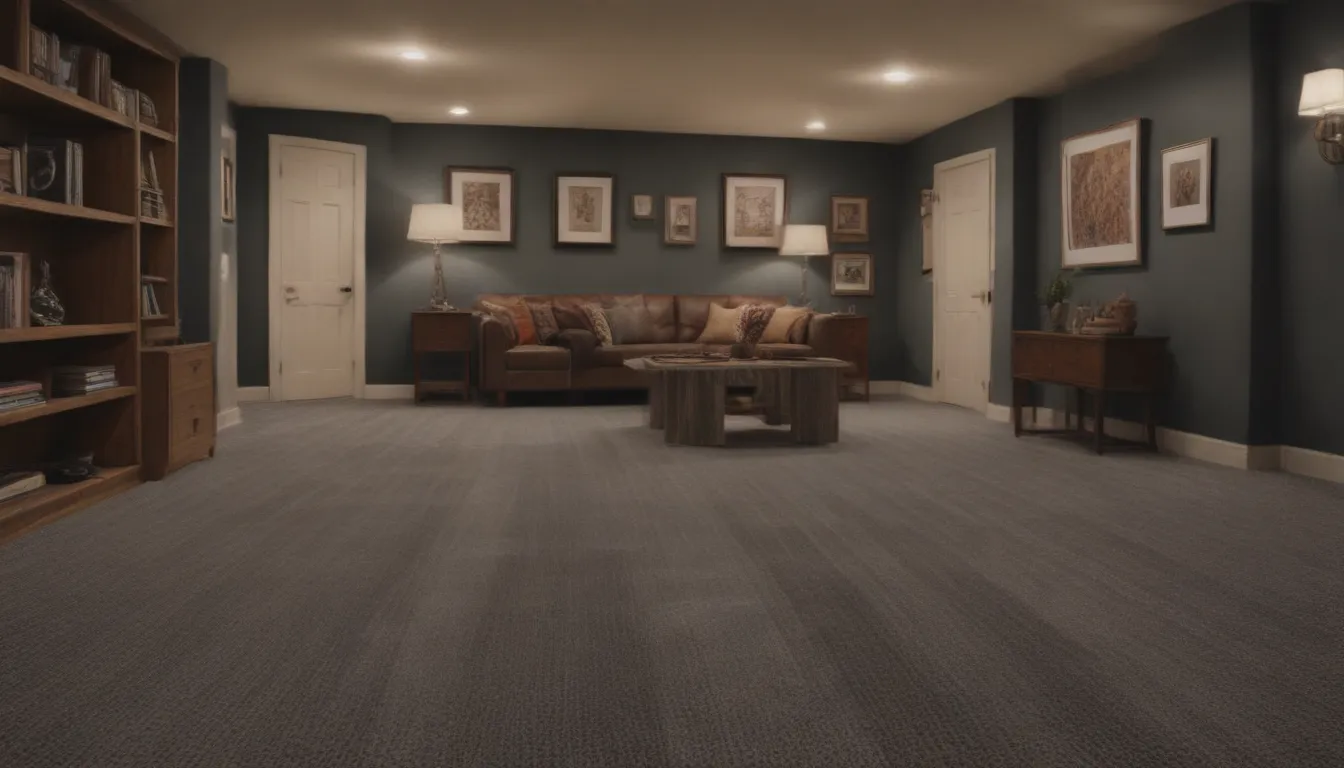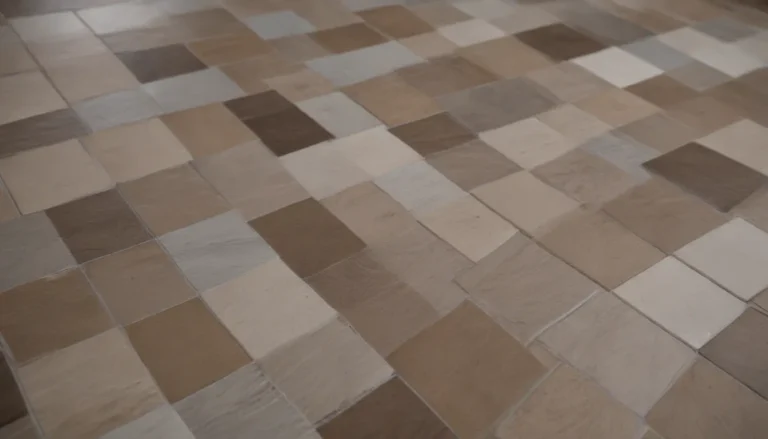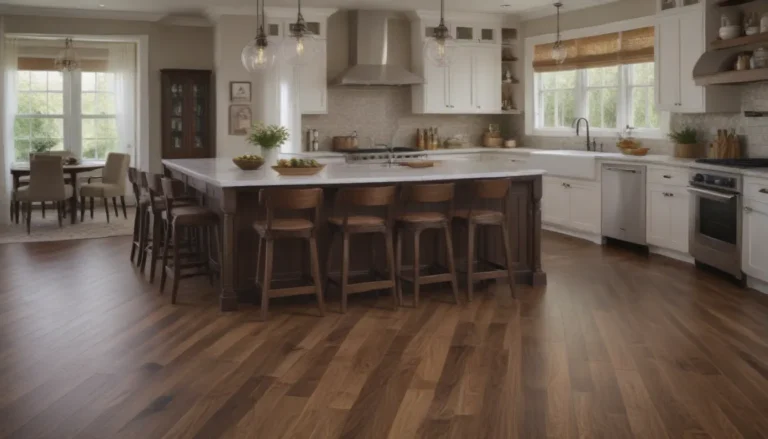The Ultimate Guide: Choosing the Best Carpet for Your Basement

Are you considering carpet as a flooring option for your finished basement? With its warmth, softness, and cushioning properties, carpet can be a fantastic choice for covering a cold cement floor. Unlike some other flooring materials, carpet is flexible enough to be installed directly over the cement floor, even if it’s not perfectly level. But when it comes to selecting the right carpet for your basement, you might be wondering which type is best suited for underground living and how it can withstand higher moisture levels compared to above-ground living areas. To help you make an informed decision, here are some guidelines to consider:
Synthetic Fiber Carpets
When it comes to basement flooring, synthetic carpet fibers reign supreme for several reasons. Synthetic fibers are more “breathable” than natural fibers, meaning they do not retain moisture as much. Since basements tend to be naturally damp due to their underground nature, it’s crucial to choose a carpet material that can withstand increased moisture levels. Synthetic fibers are excellent at releasing moisture to prevent mold or mildew from forming underneath the carpet. Most synthetic broadloom carpets also feature a synthetic backing material, which is essential for allowing the carpet to breathe. Before making a purchase, double-check that the backing material is indeed synthetic.
Style Versatility
In most basements, you have the freedom to choose any style of carpet that suits your needs and preferences. Whether you prefer a looped Berber carpet, a thick plush Saxony style, or any other design, the choice is yours. However, if your basement experiences excessive moisture issues beyond typical dampness, it’s wise to apply a concrete waterproofing agent before installing the carpet to prevent mold growth. With a vast array of carpet styles available in different qualities, make sure to select one that aligns with your specific requirements.
Carpet Padding
For added comfort and warmth on a cold basement floor, installing carpet over padding is essential. Opt for a synthetic polyurethane foam pad instead of a rubber pad to ensure optimal performance. If you prefer a carpet with an attached pad, consider a Kanga style over a rubber-backed carpet for better results. Carpet padding not only enhances comfort but also acts as a protective layer between the carpet and the concrete floor.
A Word of Caution
While it’s possible to install carpet directly over cement, some experts debate whether it’s necessary to include a vapor barrier and a plywood subfloor beneath the carpet to safeguard against potential moisture damage. Any moisture present on the concrete floor can potentially ruin the carpet and padding unless adequately protected from underneath. If your basement is prone to flooding or lacks proper insulation from outside leaks, it may be best to leave the cement floor uncovered or opt for water-resistant outdoor carpet as a temporary solution.
When to Avoid Carpeting
In cases where basements are unfinished, poorly insulated, or prone to frequent flooding, carpeting may not be the best flooring choice. If outdoor leaks or flooding are persistent issues, it’s crucial to address these problems before considering installing carpet. In such scenarios, inexpensive outdoor carpet designed to withstand water exposure may serve as a temporary solution until the underlying issues are resolved.
In conclusion, when selecting carpet for your basement, prioritize synthetic fiber materials, choose a style that meets your performance needs, ensure the use of synthetic padding, and consider applying a concrete waterproofing agent for added protection against moisture. By following these guidelines, you can enjoy a comfortable, durable, and moisture-resistant carpet flooring in your basement. Remember, the right carpet can transform your basement into a cozy and inviting space for you and your family to enjoy.





